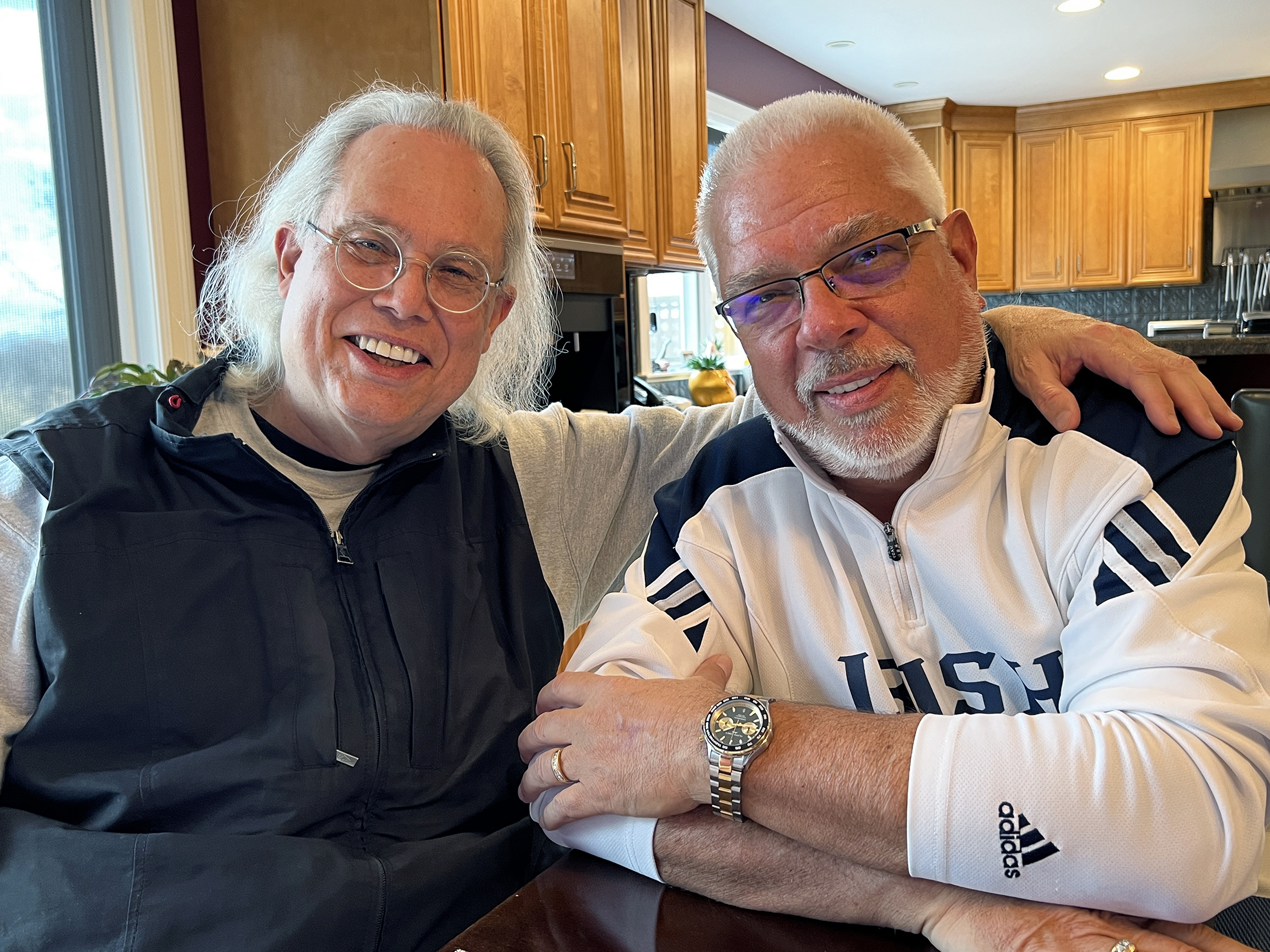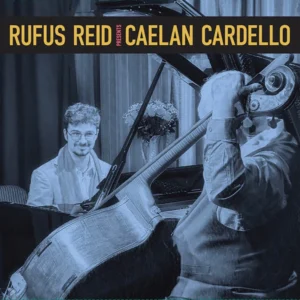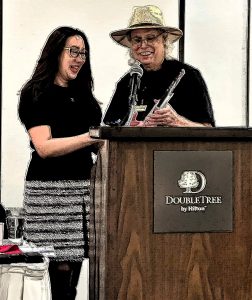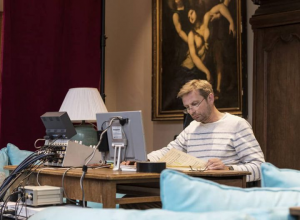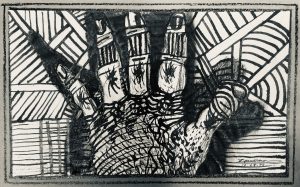All components in BOLD are loaned; all components in standard face are owned by me.
LOUDSPEAKERS:
Von Schweikert Audio ULTRA 9, Von Schweikert Audio Vortex VR-33, Von Schweikert Audio VR-1 monitors/ULTRA X-Over upgrades, B&W Matrix 1, with rare factory upgrade to van den Hul internal wire, Audience The ONE V3 Personal Reference Monitors.
ELECTRONICS:
Audionet PRE G2 linestage, ModWright SL 100 Tubed linestage (rolled out with a vintage f32 Mullard GZ34 and a matched pair of 6SN7GT CBS/Hytron dual triodes), Channel Islands Audio PLC●1 MkII passive preamplifier with VAC●1 power supply. Audionet MAX monoblocks, Parasound Halo JC-1+ monos, Channel Islands Audio D●500 MkII Monoblocks (Putzeys based Class D), Channel Islands Audio VMB●1 Monoblocks. Audionet PAM G2 phono preamplifier with EPX Power supply, DSA Phono II phono preamplifier, ModWright PH-150 tube phono preamplifier, Channel Islands Audio PEQ●1 MKII Phonostage.
SOURCES:
Kronos Pro Limited-Edition turntable, Discovery RS 12-inch Resonance Suppression tonearm, SCPS-1 Power Supply, Etsuro Gold MC Cartridge, Air Tight PC-1 MC Cartridge, Transfiguration Temper V MC Cartridge, Clearaudio Virtuoso Mk II MM Cartridge, Denon 103-D (with vdHul Mods) MC Cartridge, others. McCormack UDP-1 Beyond Deluxe (many more mods – over and above those offered by the factory). LampizatOr Baltic 3 DAC, iFi Pro iDSD DAC, Channel Islands Audio Transient MKII DAC with VDC●5 MKII high current power supply. Streamer is a Lenovo ThinkStation P320 CAD Workstation/Intel® Xeon® 3.50GHz quad core CPU/8 Logical Processors/32 GB RAM/Samsung EVO Plus solid-state drive for the OS. Roon 1.8, JRiver Media Center 29 - 64-Bit, and Fidelizer Pro v8.8.
CABLES:
Silversmith Audio Fidelium, Stealth Audio Dream V14, Audience frontRow biwires, Audience Au24-SX biwires, Furutech Nanoflux Speaker Cable, SoundString Gen II Platinum Edition Biwires. Stealth Śakra V16, Stealth Śakra V12, Stealth Śakra, Stealth Indra, Stealth Nanofiber, Stealth PGS, Stealth Helios phono cable, Audience frontRow single-ended and Balanced Interconnects, Furutech AG-16 R4 Silver-plated (Alpha) OCC Phono Cable, Audience Au24-SX (single-ended and balanced). Audience frontRow AC Cables, Audience Au24-SE HP and LP powerChords. Stealth USB-T-Select USB Cable, Audience frontRow USB Cable, Audience Au24-SE+ USB cable.
ACCESSORIES:
TimberNation All Maple 48′ wide, 4 shelf rack, Grand Prix Audio Monaco Amp stands, Critical Mass Systems CenterStage2m footers, Magico QPods, Grand Prix Audio Apex Footers, Aurios 1.2 MIB, Vibrapods & Vibrapod Cones, Herbie’s UltraSonic SS Tube Dampers, Audionet Gauss Cable Lifters. Audience adeptResponse aR12-T4 passive power conditioner with Audience frontRow powerChord, Furutech eTP-80, Monster Cable HTS 800, a pair of Quantum Products, Inc. Symphony Pro's, and a liberal application of HiFi-Tuning Supreme3 fuses. Shakti Hallographs, CornerTunes. Furutech RD-2 demagnetizer, Digital Systems and Solutions UltraBit Platinum-Plus™, Digital Systems and Solutions TruVoice Dampers™, Audience Auric Illuminator.
VINYL CLEANING/CARE:
Audio Desk Systeme Vinyl Cleaner Pro X Ultrasonic LP Cleaner, the full gamut of WAM Engineering LLC, WallyTools Analog Setup Tools, the full gamut of LAST record care products, Disc Dr. Miracle Record Cleaner and Quick Wash. SMARTractor Universal Phono Cartridge Alignment Tool, Onzow ZeroDust, AudioQuest DM-100 demagnetizer, KAB Channel Balancer, KAB Speed Strobe. Audio Dharma Cable Cooker 2.5 EFS.
ROOM
In November 2015, with the kids grown and out of the big 5-bedroom, 3-floor house, we moved to a smaller home situated on nearly two acres in north-west Goshen, IN. My new music room occupies the north end of the west half of my basement, in a room that is 46′ X 13′ x 7′ 4″. Further, I have two different sized and asymmetrically placed doorways, one that is 40″ wide by 78″ tall, starting 11′ 10″ from the front wall, another that is 34″ wide by 77″ tall, starting 28 feet from the front wall, both of which act as aperiodic vents. This large space also houses my small theater at the south end by the fireplace.
Some quick calculation reveals the room is about 600 ft2 or some 4300 ft3. Based on room length, it can support full development (not just half-wave) of frequencies down to about 24Hz, with primary axial resonances at about 44Hz and 78Hz. But the room is amazing sounding, and exhibits remarkably little loading. In fact, during a visit to install and set up my Von Schweikert Audio ULTRA 9 loudspeakers, Leif Swanson, Chief Designer at Von Schweikert Audio said, “You seem to have some pretty cool things taking place with the room. Good length for the bass waves, and those doorways. I notice very little change to the bass walking around the room. You definitely scored with this room.”
Because I began programming in 1971, while a sophomore in high school, and just recently (November 2021) retired as IT Engineer/Analyst who is certified on both Microsoft and Apple platforms, I’ve chosen to build my own Windows based PC as my streamer/file server. I started with a Lenovo ThinkStation P320 CAD Workstation with an Intel® Xeon® 3.50GHz quad core CPU running 8 Logical Processors, with 32 GB RAM, and I use a Samsung EVO Plus solid-state drive for the OS.
The computer is further optimized for playing music by using Fidelizer 8.8 (https://www.fidelizer-audio.com/), an installed optimization utility that allows leveraging, managing, and prioritizing a computer’s core functionality, services, and processes. My primary streaming and music management software is Roon 1.8, but I also employ J River MediaCenter 29. The stream is transferred from my Media Server to my two DACs by means of a STEALTH USB-Select-T (a tunable USB cable!) to my Lampizat0r Baltic 3, or an Audience frontRow USB cable to my iFi Pro iDSD DAC with outboard iPower Elite Linear Power Supply. Given the way most DACs see DSD files, I have found USB connectivity to be the most effective overall.
Files are then served over Buffalo LS220D 12TB Network Attached Storage system using a sonically chosen Cisco router system and all Audience Hidden Treasure Ethernet CAT7 cable, and I have installed the Hidden Treasure SATA cables inside the Workstation. But even THAT is overkill. I just did it because it was so bloody affordable for me as an IT Geek.
The tweeters of my Von Schweikert Audio ULTRA 9’s are centered 1′ 10″ from the sidewalls, and 7′ from the wall behind them, with a toe in of about 8 degrees. The prime listening area is centered roughly 12′ back from the plane of the tweeters. This placement puts the back of the markedly deep enclosures, and their unique-to-the-industry, room-integrating rear-firing Ambience Retrieval System, 4’ 10” away from the front wall.
The ULTRA 9s, at just over five hundred pounds each, have a sensitivity of 92dB @ 1w/1m, a remarkably stable 4 ohm nominal impedance, and offer an in-room frequency response of 16Hz-40KHz. With their internal 1000-watt mono amplifier and the fully integrated suite of controls for their rear-mounted 15’ subwoofer (you can control amplitude, crossover frequency, and fully variable phase, from 0 to 180 degrees), combined with my Audionet Max monoblocks output of 700 watts into 4 ohms, gives me some 3400 watts of power. Not only does this mean that my system will likely never run short of current or clip, but it means that I can measure my system’s output in horsepower! Since 745.7 watts equal 1 horsepower, I have just a tad under 4.6 horsepower!
In addition to the native positive attributes of my listening room mentioned above (dimensions and aperiodic venting), further room taming is achieved with the use of RoomTunes Corner Tunes, two Echo Tunes (one each at the tweeter’s primary reflection points on the ceiling), and the surprisingly effective Shakti Innovations Hallographs. Two 6-foot-tall by 4-foot-wide panels of Auralex Studiofoam Wedgies provide absorption (and a bit of diffraction as well) at both the first and second side-wall reflection point for the speakers.
And while the subtly perceptible contributions made by the Shakti Innovations Hallographs are significantly more apparent in smaller or irregular shaped rooms, in my larger room now (46’ by 13’), they don’t have the same impact on tonality, but they do still shed better illumination into the rear-most corners of the soundstage. So, IF you are buying used, or getting a great deal, they ARE worth a try. I think that they provide enhancements that you cannot duplicate any other way.
Power to components in the listening room is fully dedicated, with a separate 20-Amp service run from the panel for the amplifiers (main audio and subs), and another separate 15-Amp service run for the sources and other electronics. All other devices on that level of my home (computers, lights, printers, televisions, heating/AC, etc.) are on separate, isolated circuits. At the time the new services were run, I also had the whole home grounding system redone, including the installation of new grounding rods, in order to both comply with the current National Electrical Code standards of achieving A resistance of 25 ohms or less, and so as to not introduce any unnecessary noise into the power delivery system, in an attempt to provide the highest degree of sonic accuracy possible, ensuring the blackest of backgrounds, improving the pace, rhythm and timing, and painting a wider, deeper, and taller soundstage, including better separation of vocals and instruments.
Those who know me (or have read my work over the years) know that my system MUST be tonally accurate, strikingly neutral, stunningly transparent, and jubilantly musical. However, open, detailed, and layered soundstaging, combined with realistically sized and spatially accurate images, are every bit as important to me as truthful timbre and musical bloom. With the right recording, this system whisks you back to the venue or hall of the original performance for a spooky-real recreation of that event in the here and now.
I have had any number of audiophile and musician visitors’ remark on the power of the listening experience as witnessed from my chair. Musicians from any number of genres of music, from Salsa to Rock ‘n’ Roll to Classical, have actually wept after or during a listening session, and audiophiles of many years have remarked things like, “What more could you ask for,” and “I’ve never heard a rig sound ANY BETTER than this.”
While those are encouraging words, and seem to indicate that I’m doing the right things with component and cable selection as well as room set up, my system (every system? ;-D) must be seen as an ongoing work-in-progress. Every once in a while, the addition of some new piece, be it a source, a cable, or an accessory, allows me to move just a little closer to that actual musical event. The journey continues….
The business end of my listening room.

The TimberNation Maple stand, sources, most of the electronics (save for the mono amplifiers), and power conditioning...

Standing beside the Von Schweikert Audio ULTRA 9

The back of the ULTRA 9 - the Ambiance Retrieval driver compliment at the top, the Suite of Room Integration controls and 1,000-watt amp in the center, and the heroic 15-inch subwoofer at the bottom.
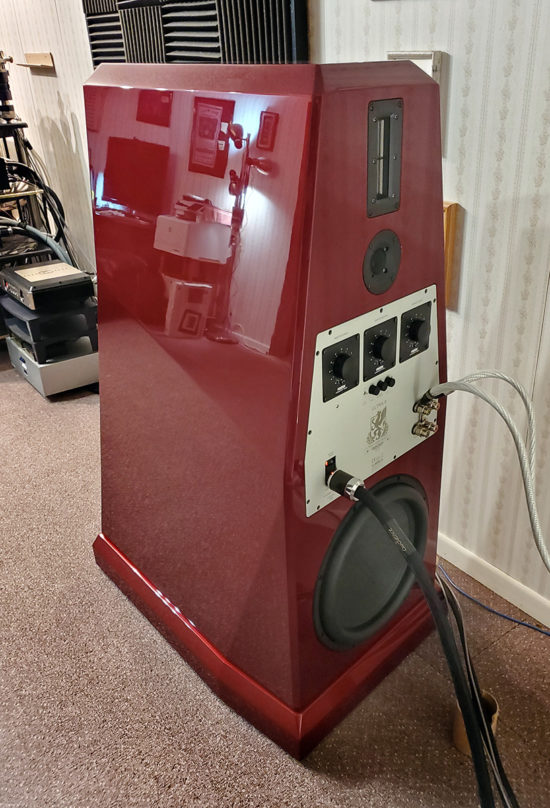
The Audio Desk Vinyl Cleaner Pro X Ultrasonic LP Cleaner
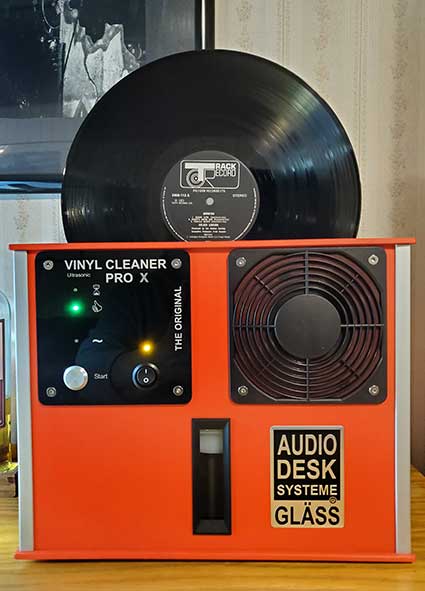
The Kronos Pro Limited-Edition 'table, Discovery RS tonearm, with the Etsuro Gold moving coil cartridge

The spellbinding Etsuro Gold cartridge

My Music Stramer/File Sever

Ultrasonic LP Cleaning station (Audio Desk Pro X), AudioDharma Cable Cooker, and KALLIX LP Storage

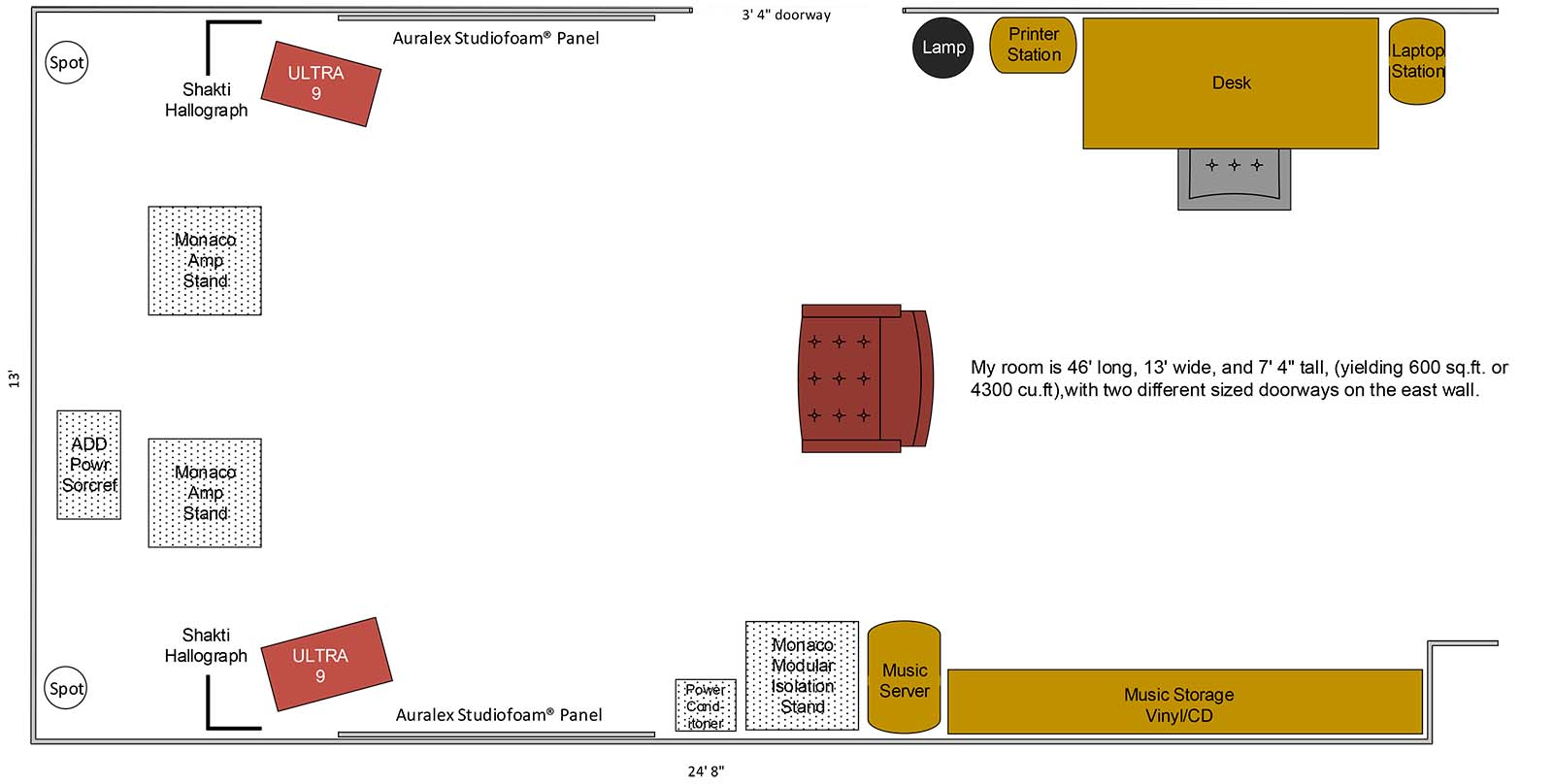 A scale drawing of the business end of my room, some 600 ft2, or some 4300 ft3...
A scale drawing of the business end of my room, some 600 ft2, or some 4300 ft3...

















